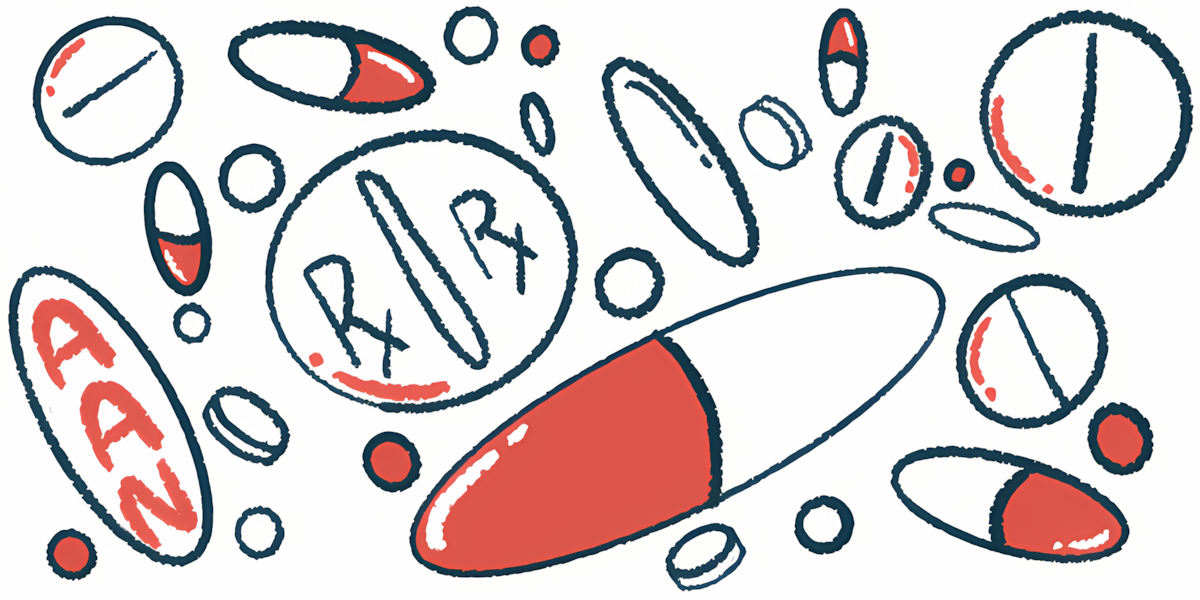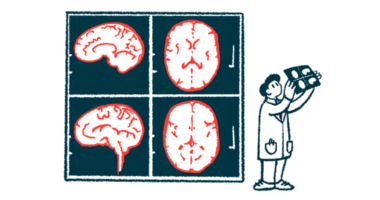High-dose vitamin D may stop CIS, early RRMS new disease activity
Treatment reduced disease activity in people with CIS in a Phase 3 trial

A high dose cholecalciferol, a form of vitamin D, significantly reduced the risk of further disease activity in people with clinically isolated syndrome (CIS), published findings from a Phase 3 trial show.
Vitamin D was similarly effective for reducing disease activity among a subgroup of participants who would have been considered to have relapsing-remitting MS (RRMS) under newer diagnostic criteria. CIS is a first episode of symptoms that suggests multiple sclerosis (MS).
“These results make high-dose vitamin D an interesting candidate for further studies evaluating add-on therapy in the therapeutic strategy for managing MS,” the researchers wrote. The study, “High-Dose Vitamin D in Clinically Isolated Syndrome Typical of Multiple Sclerosis,” was published in JAMA.
In MS, the immune system launches mistaken inflammatory attacks on healthy parts of the brain and spinal cord, leading to lesions, or areas of inflammation and damage. CIS is an initial episode of symptoms consistent with MS-related inflammation. Some people will never have additional disease activity, but others will go on to have another relapse — a new bout of symptoms — or develop more lesions and will be considered to have converted to MS.
Among the proposed risk factors for MS are low vitamin D levels, as vitamin D modulates the immune system. Supplementing with vitamin D has been suggested as a way to help ease MS disease activity, but findings have been inconsistent.
The Phase 3 D-Lay-MS trial (NCT01817166) was designed to see if high-dose cholecalciferol could prevent MS conversion from CIS. Cholecalciferol, or vitamin D3, is made by the skin upon sunlight exposure and can be found in certain food sources.
Vitamin D and disease activity
A total of 303 adults, ages 18-55, who’d had a CIS episode in the last three months, but weren’t receiving any disease-modifying therapy (DMT), were randomly assigned to receive oral high-dose cholecalciferol (100,000 International Units) or a placebo once every two weeks until conversion to MS occurred, or for a maximum of two years. CIS was diagnosed based on the 2010 McDonald Criteria, a set of diagnostic guidelines for MS. The guidelines were revised in 2017, during the study period, under which 89% of the participants with sufficient data would’ve met the criteria to be diagnosed with RRMS.
The participants were monitored for disease activity, defined as a new or enlarging lesion, or an active inflammatory lesion identified on MRI scans, or a relapse. As previously reported, 60.3% of participants on vitamin D and 74.1% on the placebo saw such disease activity.
The average time to the onset of new disease activity was nearly twice as long in the vitamin D group as in the placebo group (432 vs. 224 days), which was a statistically significant difference. The participants taking vitamin D were found to be at a significant, 34% lower risk of disease activity than those on the placebo.
All possible signs of MRI disease activity occurred less frequently in the vitamin D group than in the placebo group, including overall MRI activity (57.1% vs. 65.3%), new or enlarging lesions (46.2% vs. 59.2%), and active inflammatory lesions (18.6% vs. 34%).
No significant differences were observed with relapses, which occurred in 17.9% of the vitamin D group and 21.8% of the placebo group. Vitamin D also didn’t have a significant impact on measures of disability, fatigue, depression, anxiety, or quality of life.
In the subgroup who fulfilled the 2017 McDonald Criteria for RRMS, vitamin D was similarly associated with a 34% reduced risk of disease activity, suggesting it may also help in early RRMS.
Those who benefited most from vitamin D were those who, at the start of the study, didn’t have spinal cord lesions, had severe vitamin D deficiency, and a normal body mass index, an estimate of body fat based on weight and height.
Vitamin D treatment was generally safe and well tolerated.
The findings contrast those of a study where vitamin D didn’t reduce disease activity in CIS. Still, the two studies had multiple differences, including in the dosing regimen.
In a recent news story, the National MS Society noted that, although study results have been mixed, “it is a good idea to make sure your vitamin D levels match what is recommended for everyone.”
Previous clinical trials have also assessed the ability of certain DMTs to prevent disease activity in people with CIS. According to the scientists, vitamin D performed similarly well as those therapies.
“This suggests that cholecalciferol could represent an inexpensive therapeutic alternative, with low risk of adverse events, after a CIS, especially in populations with limited access to disease-modifying therapies,” wrote the researchers, who noted that vitamin D may be “an ideal candidate” as an add-on therapy to other treatments. They said larger and longer studies are still needed to evaluate this.







